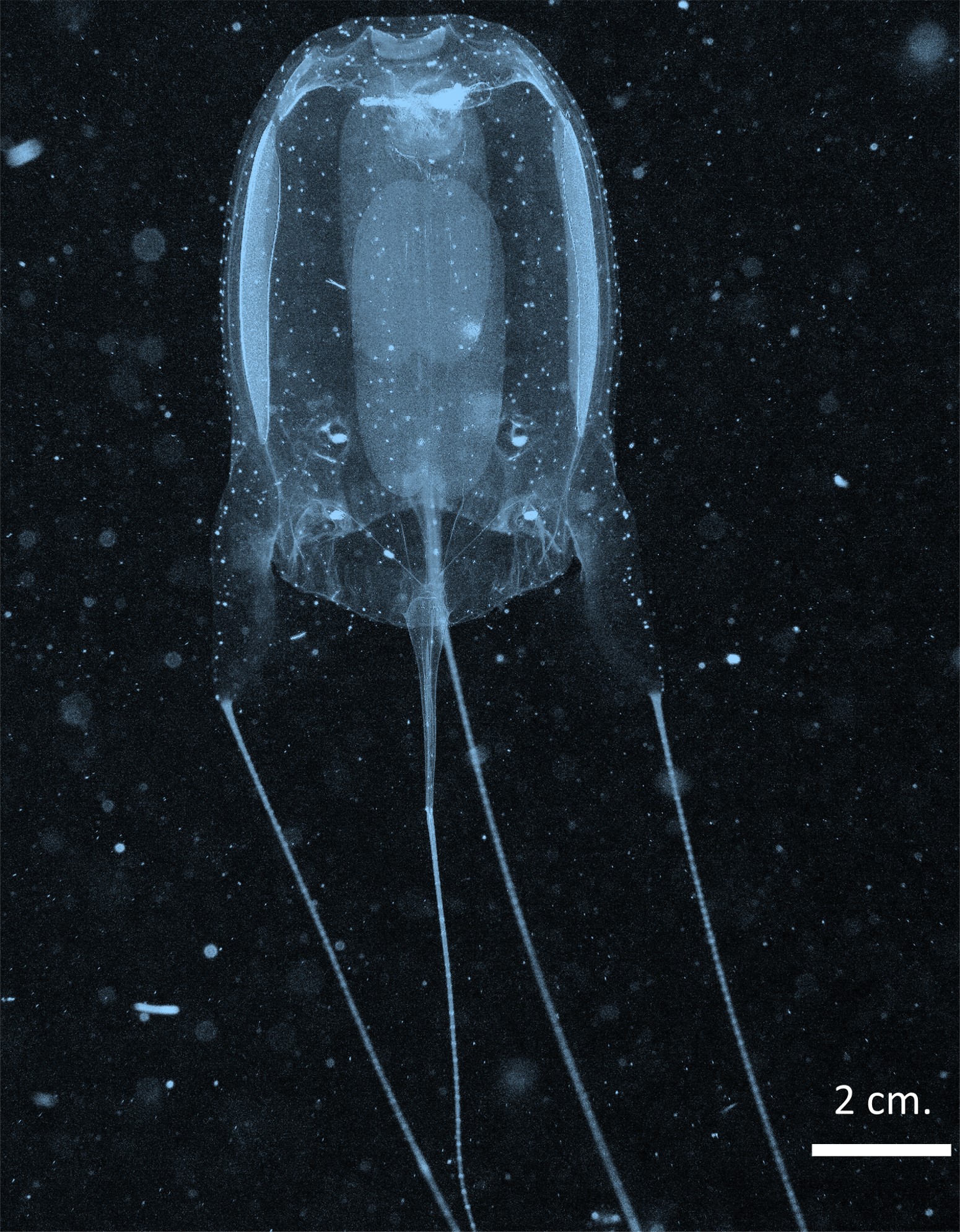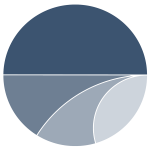SCIENCE – University of the Philippines Diliman


FEATURED NEWS
The Philippines, located within the Coral Triangle, is recognized as one of the world’s richest marine ecosystems. Yet, many marine species—such as carybdeid box jellyfish—remain poorly documented. Their potent venom and ecological significance underline the importance of conducting accurate taxonomic studies on box jellyfish.
As previously announced, the deadline for the: 1. Application for Readmission (from AWOL and other cases) and; 2. Appeal for Extension of Free Tuition, is on JANUARY 6, 2026
Ayon sa International Agency for Research on Cancer (IARC), nakapagtala ang Pilipinas ng halos 189,000 na bagong kaso ng kanser at higit na 113,000 pagkamatay dahil dito noong 2022. Tinatayang tataas pa sa mahigit 35 milyon ang bagong kaso ng cancer sa buong mundo pagsapit ng 2050. Samantala, naiulat naman sa 2025 Philippine National Cancer Summit na mahigit 180,000 bagong kaso ang naitatala kada taon at tinatayang mahigit 300 Pilipino ang namamatay dahil sa cancer bawat araw. Ipinapakita ng nakababahalang istatistika na ito ang agarang pangangailangan para sa patuloy na pananaliksik at inobasyon sa paggamot sa cancer.
The Philippines, located within the Coral Triangle, is recognized as one of the world’s richest marine ecosystems. Yet, many marine species—such as carybdeid box jellyfish—remain poorly documented. Their potent venom and ecological significance underline the importance of conducting accurate taxonomic studies on box jellyfish.
As previously announced, the deadline for the: 1. Application for Readmission (from AWOL and other cases) and; 2. Appeal for Extension of Free Tuition, is on JANUARY 6, 2026
Ayon sa International Agency for Research on Cancer (IARC), nakapagtala ang Pilipinas ng halos 189,000 na bagong kaso ng kanser at higit na 113,000 pagkamatay dahil dito noong 2022. Tinatayang tataas pa sa mahigit 35 milyon ang bagong kaso ng cancer sa buong mundo pagsapit ng 2050. Samantala, naiulat naman sa 2025 Philippine National Cancer Summit na mahigit 180,000 bagong kaso ang naitatala kada taon at tinatayang mahigit 300 Pilipino ang namamatay dahil sa cancer bawat araw. Ipinapakita ng nakababahalang istatistika na ito ang agarang pangangailangan para sa patuloy na pananaliksik at inobasyon sa paggamot sa cancer.
CS DRIVE
Database of Researches, Innovations, Ventures, and Extension Projects
















